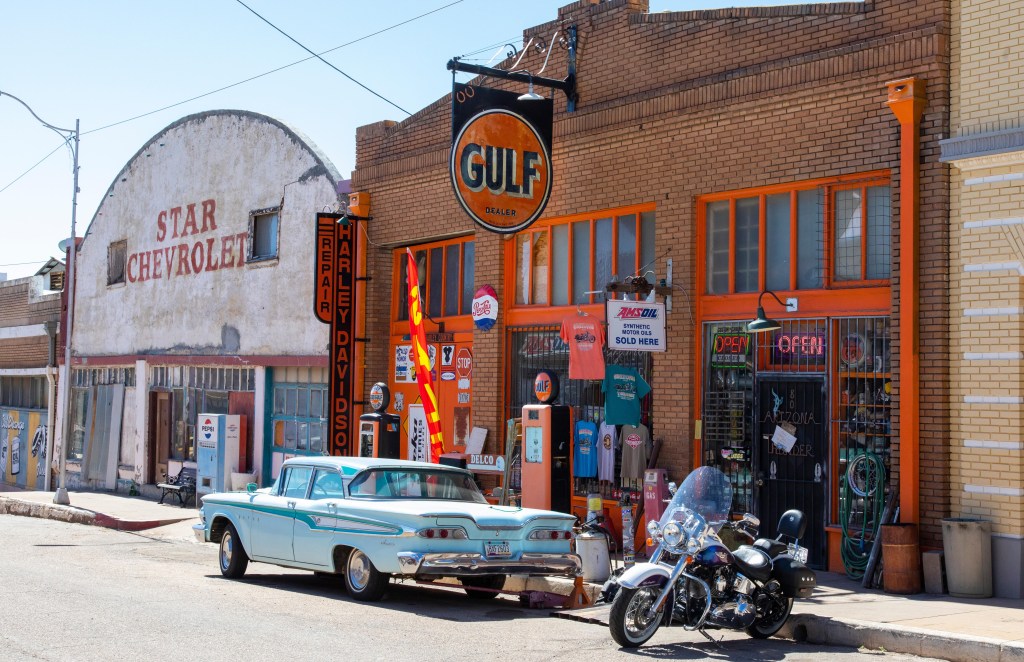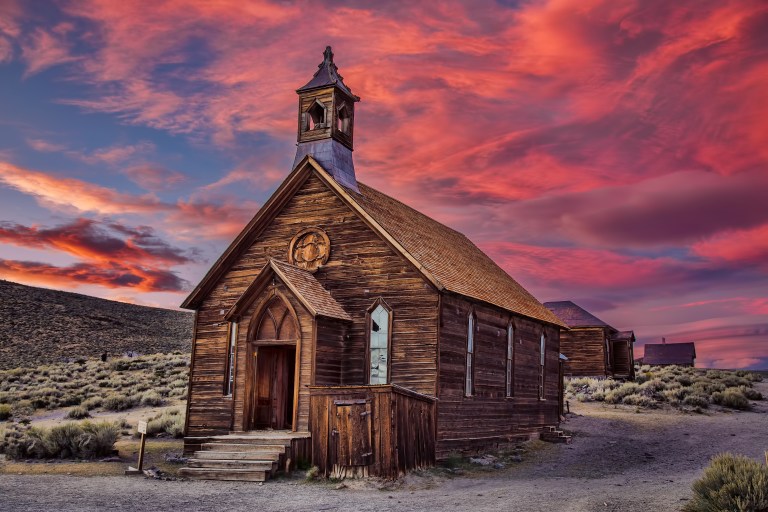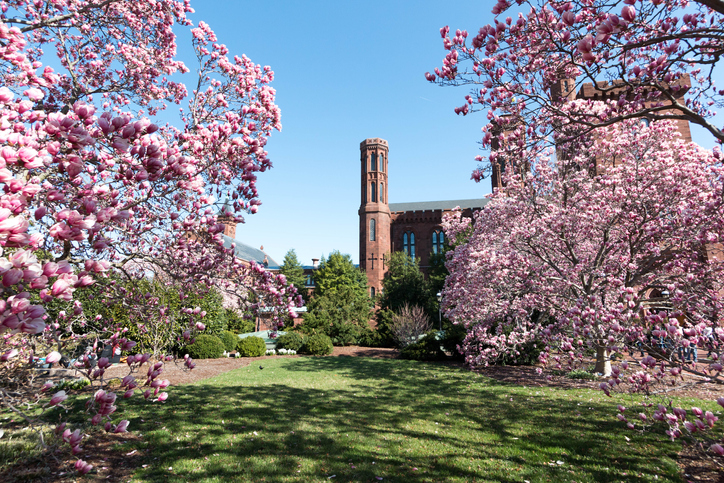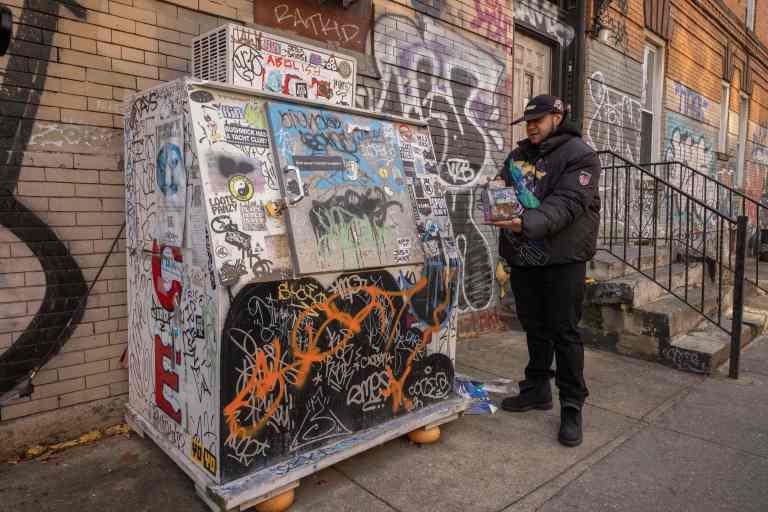Imagine a veritable time machine that transports you into the heart of life in a thriving 1950s mining community. That frozen-in-time place exists — Erie Street, part of historic Lowell, in Bisbee, Arizona.
Thanks to a dedicated group of volunteers, visitors can get a real feel for a stretch of Lowell during its glory days more than 60 years ago. A living gallery of authentic and detailed relics, Erie Street boasts classic storefronts like a Harley Davidson repair shop and a hat shop, a Shell gas station complete with original gas pumps, a police department, a movie theater, hand-painted vintage signage, a Greyhound bus, and many old vehicles dating back to a bygone era.
The beautifully maintained street, nestled in between hilly grasslands and desert landscapes off Highway 80, sits approximately 100 miles southeast of Tucson and only 9 miles from the U.S.-Mexico border.
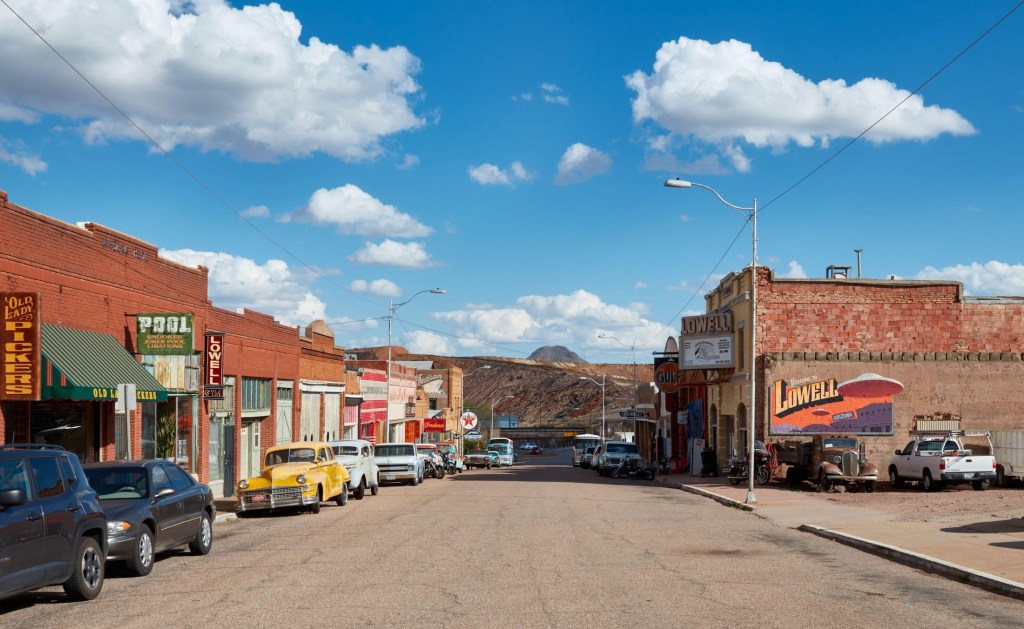
“Erie Street in Bisbee is a hidden gem that offers visitors a fascinating glimpse into the past and a one-of-a-kind experience that blends history, nostalgia, and a touch of mystery,” Heather Andrews, Bisbee Tourism Director, told Nice News via email, likening it to “an open-air time capsule of the early 20th century. It was once a bustling part of Bisbee’s Lowell neighborhood but now feels like a ghost town.” She added: “Few places capture the essence of a bygone era as authentically and artfully as Erie Street.”
Behind the town’s preservation and revitalization is the Lowell Americana Project, which, according to its website, “has garnered national and international media attention and praise” for the work it’s done in the historic town. The group’s efforts may be the reason this thoroughfare is one of the most photographed streets in the West — it’s a dreamscape for photographers seeking to capture 1950s nostalgia.
“The care and upkeep of Erie Street is an ongoing project, thanks to community efforts and local pride in preserving its unique charm. While its vintage, slightly weathered look is part of the appeal, regular maintenance ensures its safety and authenticity,” Andrews said.
According to the blog Legends of America, the fascinating history of the town began in the late 19th century. In 1899, Frank Hanchett, of Lowell, Massachusetts, bought the land and started up the Lowell & Arizona Copper Mining and Smelting Company there. A year later, the first businesses in town were built — two saloons and a livery stable — later followed by a tent community, boarding houses, and more saloons to accommodate the growing workforce needed to service the mines.
@visittucson Erie Street is a preserved outdoor museum that showcases the decades of the 1940s through 1970s. Also the original @bisbeebreakfast is located on this street. Worth the day trip drive to step back in time. 📍Erie St, Bisbee, AZ 85603 Thanks @lowellarizona Repost: @xploretucson #xploretucson #tucson #arizona #adventure #visittucson #bisbee #lowellarizona #history #photolocation #filmlocation #1950s #1960s
♬ original sound – Visit Tucson
In 1908, Lowell was annexed to Bisbee, and the electric Warren-Bisbee interurban railway was added, followed by the construction of a trolley. Nearly a decade later, the Bisbee Daily Review described bustling Lowell as “one of the most energetic towns in the state and a payroll that would dazzle many cities a great deal larger.” By 1920, the population reached 6,000.
In the late 1920s, diminishing mining activity forced the Lowell mine to close, per Legends of America, but the town remained an important residential and business center, holding strong even during the Great Depression. However, its heyday would soon be in the rearview mirror. In 1950, the Phelps Dodge Corporation opened the Lavender Pit, a massive mining project, and much of Lowell sat on the land that would be used to extend the pit. Many residents left to settle in nearby towns, and by 1957, the town stagnated.
Thankfully, a fragment of the town center was saved — Erie Street — and remains an outdoor museum. It’s a place that evokes “a sense of nostalgia and wonder,” per Andrews.
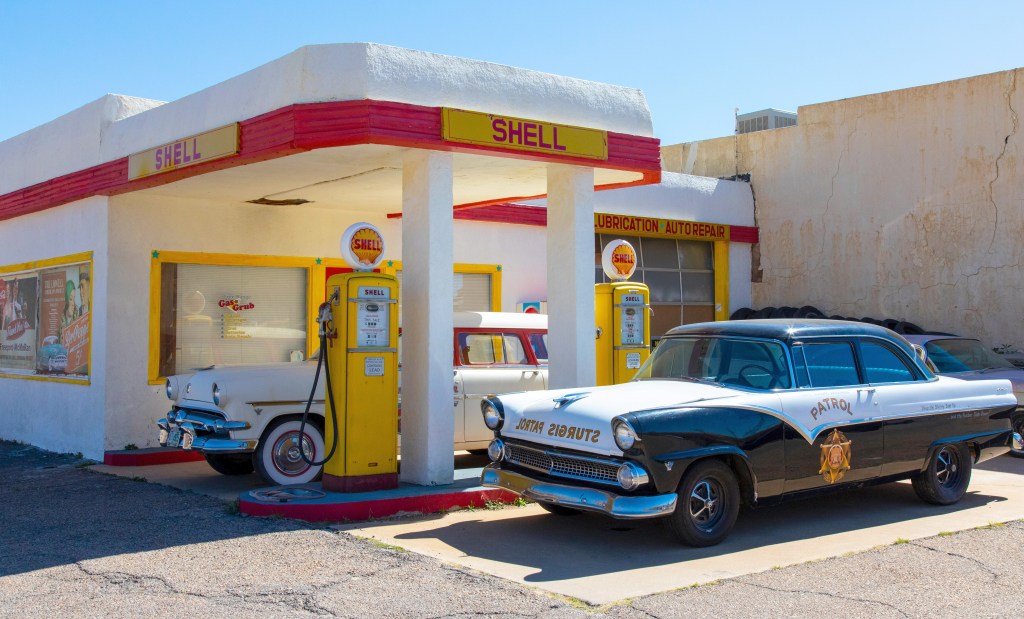
She shared that there are numerous ways people can get involved in preserving the street: volunteering in cleanups, maintenance, or event support; promoting the town and sharing photos on social media to raise awareness; collaborating with an artist or sponsor; or donating to the Lowell Americana Project.
“Whether you’re a history buff, a photographer, or simply a curious traveler, Erie Street sparks the imagination and reminds us of the enduring spirit of small town America,” said Andrews.
And when you visit, she added, “don’t forget your camera — and a sense of adventure!”
RELATED: Detroit’s Abandoned Michigan Central Station Restored to Its Former Glory 111 Years After Opening
